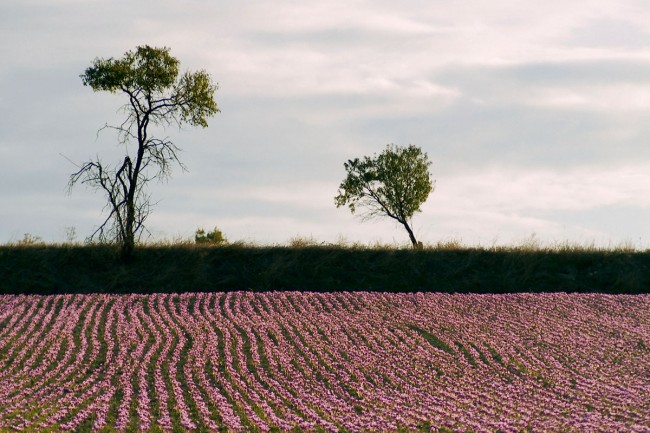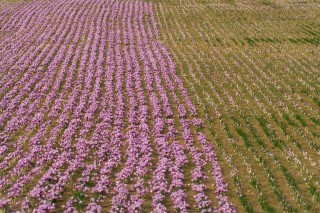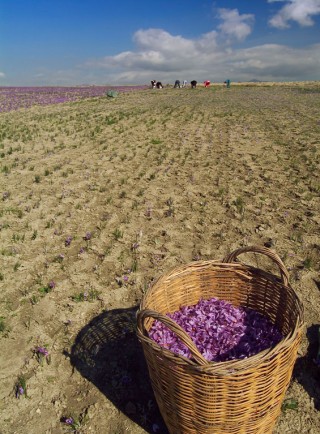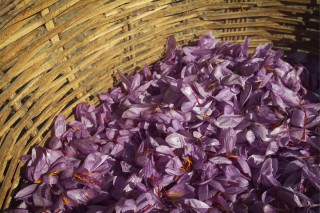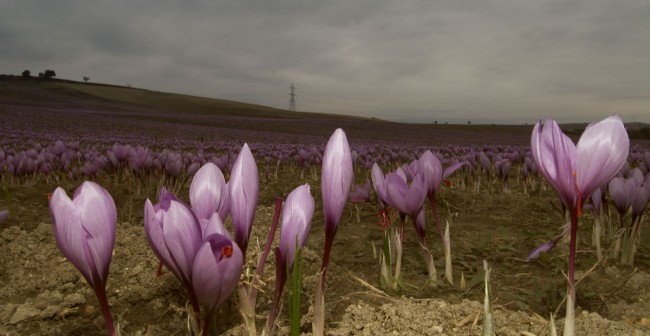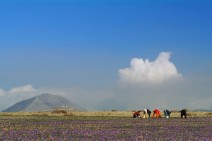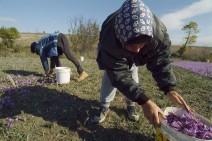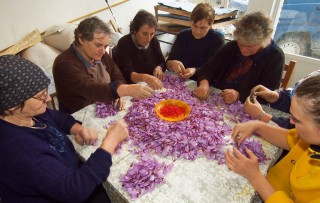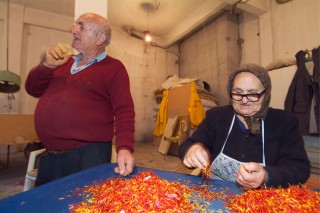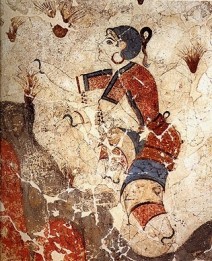
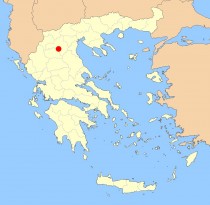 Which is the most expensive spice in the world? Coming from the pistils of a flower called Crocus sativus been known since ancient times? The one for which Italy and Spain pride themselves of having the better quality? Well, maybe you did not know, but Greece also has the best saffron in the world! 🙂
Which is the most expensive spice in the world? Coming from the pistils of a flower called Crocus sativus been known since ancient times? The one for which Italy and Spain pride themselves of having the better quality? Well, maybe you did not know, but Greece also has the best saffron in the world! 🙂
[sam id=”7″]
In a small area, near Kozani in northern Greece, for a couple of weeks in October, the landscape changes. The fields are colored in pink and get crowded from dawn to dusk with improvised farmers, collecting the pistils of the saffron flower.
The work can only be done by hand to avoid damaging the delicate pistils and it takes about two hundred thousand flowers to make one kilogram of dried saffron. It is thus easy to understand why it is called red gold, with a market price of up to € 20,000 per kilo. Greece is the second largest producer in the world after Iran, with a much higher quality, although not at the level of the Spanish and Italian saffron. It seems however, according to rumors, that large amounts of Greek saffron is exported to Italy where, after being mixed with the local one, is sold as an Italian product… who knows…
After the harvest there is still the endless work of eliminating the petals and selecting the pistils, which are divided into yellow (lower quality) and red ones (the top). When done, the last step is the slow, but effortless drying process.
One thing we have learned in the area: Add a pistil in a glass of grappa is miraculous 😉
With the RV you can stop anywhere, the area is not at all touristic and for this reason it is very likely that while walking in the villages you will be invited to drink a raki or a coffee more than once.
[break]
[sam id=”7″]

